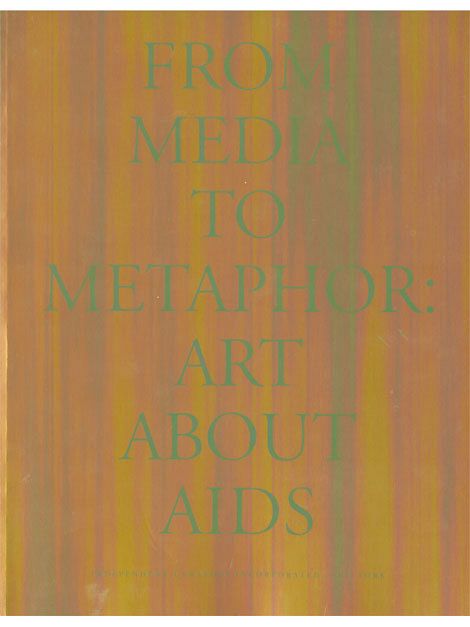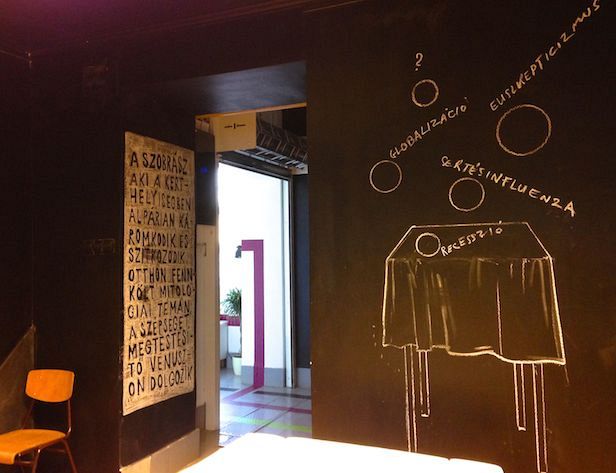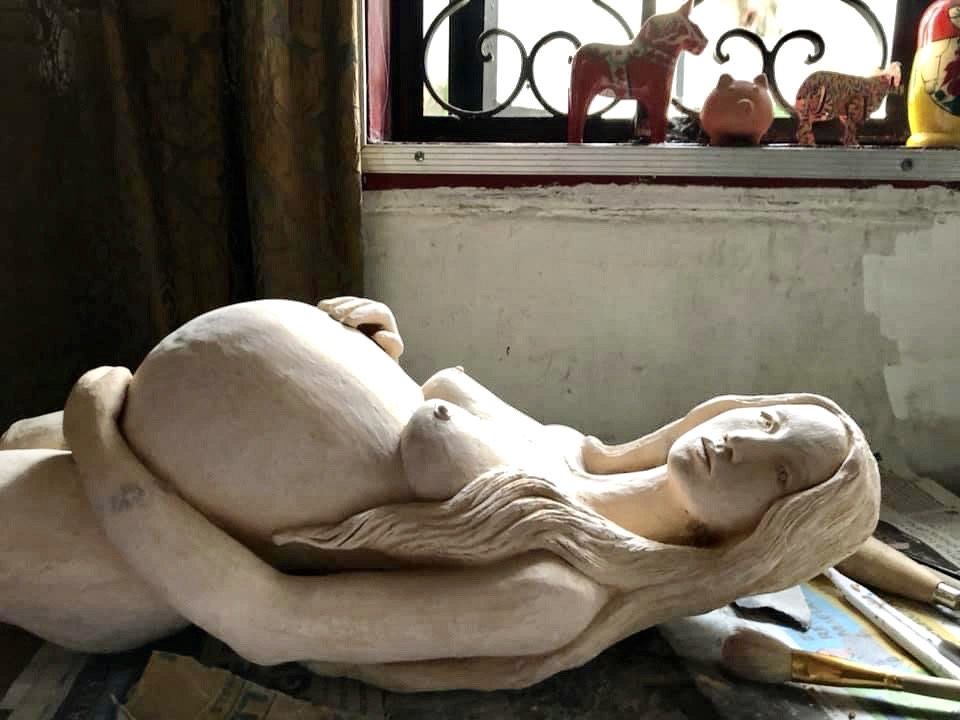Curator Agar Ledo developed this proposal during the Summer 2012 Curatorial Intensive in New York.
On Movement and Myth poses a reflection on physical and/or temporal movement as a trigger of myth insofar as it repositions the past and memory to confront the present. Myth becomes the basis of certain social structures, and from the point of view of the present, which is in constant change, I find the sociological influence it has upon the construction of the ideology of nations interesting. Social myths are more than mere descriptions of things—they express a determination to act. They are stories that reflect the need to articulate or change things from spheres such as those of religion or morality, providing a codification that will help us better understand society.
The starting point of the exhibition is a documentary film recorded in 1964, along with documents and studies by several authors currently kept in the Museo Nacional de Antropología in Mexico City. The film documents the relocation of the statue of Tlaloc, the god of rain, from its original site in Coatlinchan, forty kilometres from Mexico City, to the area by the Museo Antropológico, that was being built in order to explain Mexican identity through the country's history. Some of the residents of Coatlinchan followed the monument first to the capital, where 23,000 people awaited it in the main square, and from there to the museum, where the mayor read a written speech and then gave Tlaloc to the nation. Its conveyance generated much controversy, revived the legend surrounding the god and even enhanced the myth due to the fact that it unexpectedly took place under severe rainstorms in the middle of a great drought. This is a clear example of the heterotopic quality of myth, starting from the convergence in specific places of several vectors.
This idea of the creation of modernity starting from movement that we saw in the moving of Tlaloc the god is repeated in another of the exhibition's references, Werner Herzog's film Fitzcarraldo by way of conclusion. Fitzcarraldo is a German-Peruvian film written and directed by Herzog in 1982. The film is inspired by a true story that took place in the early twentieth century, that of a Peruvian rubber dealer of Irish descent, Brian Sweeney Fitzgerald (Fitzcarraldo), an opera-lover who dreamed of building a theatre in the jungle. In order to fulfill his dream he needed to make a fortune in the rubber industry, for which he planned to transport a huge steamship down the river and through a small mountain, with the help of local Indians.
Herzog's film enhanced the legend by distorting many of its elements, and went on to become a legend in its own right. It examines the idea of the creation of modernity through movement: the steamship is not only a metaphor of modernity but also of the new world we all wish for. The transfer of the ship to Iquitos, in the heart of the Amazon jungle, is the first sign of the contamination of the primitive by the sophisticated, the raw by the cooked—again the opposites that, according to Structuralist mythology, lie at the origin of all myths.
The exhibition presents the work of approximately ten artists, who either focus on the alteration of the present through the revival of the past or else confront past and present in different ways. In their works, movement—the process, displacements, absences, reconstructions, repetitions and repositionings—is understood as the driving force behind the break with custom. Furthermore, they reflect on the profound symbolism of the objects, methodological procedures of data collecting in anthropology (one of the fields that studies myths), the relationship established between subject and object in the processes of creation of ideologies and of collective memory, and the exchanges between fiction and reality, presence and absence, tradition and modernity—those irreconcilable opposites that Claude Lévi-Strauss considered to be inherent in the construction of myths.
Throughout the development of the project, which is currently still in a research phase, there is a succession of ‘myths’ that, instead of appearing as the great stories that shaped the notions of identity in certain societies, were understood as small incidental events containing tragic, epic, magical or fictional components that fuel myths and legends. Their timelessness and incompleteness are also examined, as are their subjectivity, ambiguity(1) and advertising nature. Certain archaic myths were vehicles for disseminating important knowledge, and a fair share of the effect of mythology depends on the hidden or silenced aspects of the tales, which implies an active contribution by the individual. The contradictions and plurality of meanings of these stories(2) act as a metaphor for a plural vision of the world, a vision that is mutable, organic and open.
Footnotes
(1) The ambiguity surrounding myths is what allows for free interpretations and continuous adaptation of the accounts. Despite the fact that they change according to who happens to relate them and to the context in which they are propagated, myths remain detached from their interpretations.
(2) The word 'myth' derives from the Greek mythos, that means 'word' or 'story', and yet what favoured the appearance in classical Greece of a new discipline, history, was precisely the distancing from myth.
List of artists
Francis Alÿs (Antwerp, 1959; lives and works in México DF), Lonnie van Brummelen & Siebren de Haan (1969 and 1966; both live and work in Amsterdam), Maya Deren & Marcel Duchamp (Kiev, 1917 - New York, 1961; Blainville-Crevon, 1887 - Neuilly-sur-Seine, 1968) with Charles Duits (Neuilly-sur-Seine, 1925 - 1991), Maria Eichhorn (Bamberg, 1962; lives and works in Berlin), Aurélien Froment (Angers, 1976; lives and works in Dublin), André Guedes (Lisbon, 1971; lives and works in Lisbon), Werner Herzog (Munich, 1942; lives and works in Munich and Los Angeles), Deimantas Narkevicius (Utena, 1964; lives and works in Vilnius), Diego Santomé (Vigo, 1966; lives and works in Vigo), and Mona Vatamanu & Florin Tudor (1968 & 1970; both live and work in Bucharest).
Learn More
To learn more about this proposal please email Agar Ledo at agar.ledo@gmail.com. To learn more about the Curatorial Intensive email info@curatorsintl.org.






